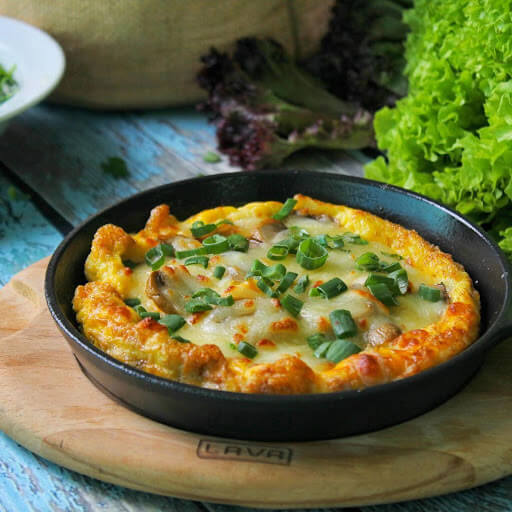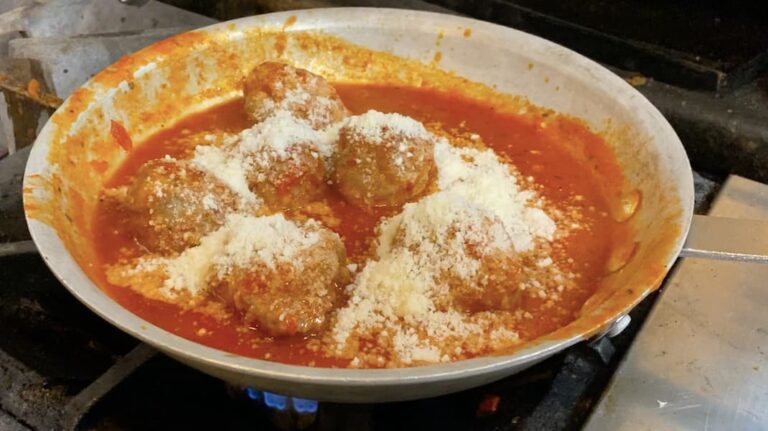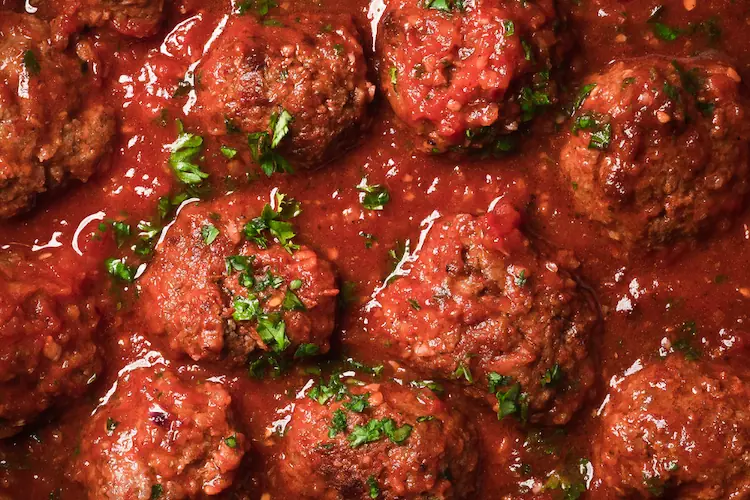Italian language lesson of the day Cacio e Pepe.
Literally meaning “cheese and pepper,” cacio e pepe is a wonderfully simple, yet delicious, Italian recipe. Though it uses just a few ingredients, there’s a very specific way to make it. Done right, you’ll have a lusciously creamy sauce. It might take you a few tries, but with our tips, you’ll nail it in no time.
Cacio e pepe is a Roman dish made of spaghetti with Pecorino Romano cheese and black pepper. You’re probably wondering how in the world you can make a hard cheese like Pecorino Romano turn into a sauce, right? It’s not exactly the melting type…or is it? When preparing Cacio e Pepe, you reserve some of the water used to cook the spaghetti. The reserved water is added back to the pasta to help the cheese melt and bind with the pasta. The dish is typically made with a long, thin pasta; aside from spaghetti, you’ll often see tonnarelli or vermicelli. Let’s dig into the recipe.
CACIO E PEPE
INGREDIENTS:
- lb. spaghetti, or any long, thin pasta
- 2 cups finely grated Pecorino Romano cheese
- 2 tsps. Freshly ground black pepper
- Sea salt
METHOD:
- Bring a large part of water to a boil over high heat. Add pasta and cook until al dente. Al dente is typically 1-2 minutes less than the cooking instructions on the box.
- While pasta cooks, mix 1 ½ cups of the cheese with the black pepper in a large bowl.
- Once the boiling pasta water has a white froth, ladle and pour a scoop of the water into the bowl of cheese.
- Quickly mix with a wooden spoon, creating a smooth, creamy sauce. Continue stirring until there are no lumps.
- Before draining the pasta, scoop another ladle (or two!) full of water and place in a separate bowl. Drain pasta.
- Pour pasta and cheese sauce into a large saucepan over very low heat. Stir constantly until the noodles are completely coated with cheese. If the noodles appear to dry, slowly add a bit more of the pasta water, continuing to stir. If the dish seems too watery, add more pecorino, consistently stirring and tossing.
- Add freshly ground black pepper and toss the pasta until you have a creamy sauce.
- Plate pasta and sprinkle with remaining Pecorino Romano. Serve hot. Enjoy!
PRO TIPS:
- Make sure Pecorino Romano is finely grated so that it easily melts. A micro plane works well if you have one.
- Work quickly. You want the cheese to melt before the water cools.
- We recommend using a wooden spoon to mix the pasta water and cheese, but you may also use a whisk.
- You may be tempted to drain the pasta and place it back in the pot you cooked it in to finish the recipe. It’s important to finish the pasta and cheese in a separate skillet so the cheese doesn’t clump up from the residual heat in the pasta pot.
- If you need more water to thin out the cheese mixture, add it one tablespoon at a time as necessary.








